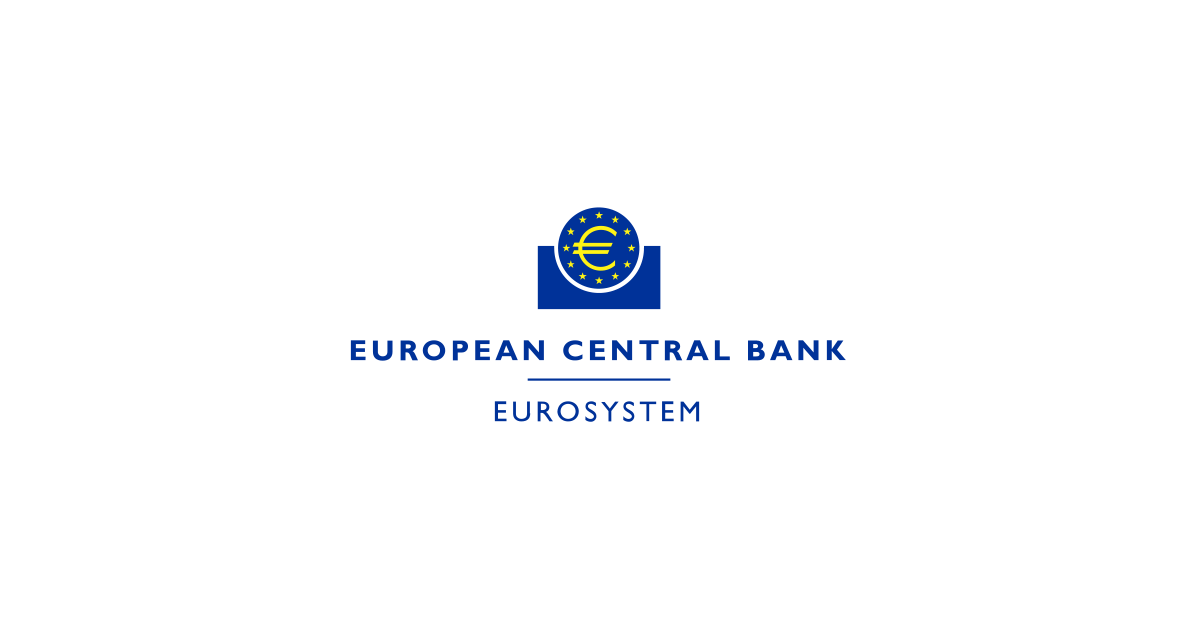Yves Mersch: Are the economy and monetary policy at a turning point – and where are the European and US economies headed?

Speech by Yves Mersch, Member of the Executive Board of the ECB, Panel at the Petersberger Sommerdialog, Königswinter, 30 June 2018
Economic outlook
The euro area economy is still growing, albeit at a slightly slower pace.
Euro area growth stood at 0.4% in the first quarter, following growth of 0.7% in the previous four quarters. This moderation reflects some pull-back from last year’s exceptionally strong growth as well as some temporary and supply side factors. At the same time, concerns about increasing trade protectionism may have dampened business sentiment and expectations.
Nevertheless, the underlying strength of the euro area economy persists. It has now been growing above potential for 21 quarters. Both the non-accelerating inflation rate of unemployment (NAIRU) and the output gap are in positive territory and sentiment indicators – while weaker – are still above long-term averages for most sectors and countries.
The monetary policy measures introduced since 2014 have played a central role in supporting euro area growth and employment.
In the euro area, there are now around 8.4 million more people employed than during the trough in mid-2013, which implies that all of the jobs lost during the crisis have been recovered. Furthermore, unemployment is at its lowest level since December 2008, despite an increase in the labour force of more than 2%.
Private consumption continues to be supported by these favourable labour market developments as well as by the solid growth in households’ disposable incomes, higher asset values and an accommodative monetary policy that has contributed to a lower debt burden for borrowers. Looking ahead, private consumption growth is expected to remain favourable as anticipated improvements in the labour market should support consumer confidence.
The business investment outlook continues to strengthen and is supported by the favourable financing conditions, an improvement in profitability and solid demand.
The euro area fiscal stance is expected to be expansionary in 2018 and should be broadly neutral in 2019-20, in order to avoid procyclicality.
In addition the broad-based expansion in global demand is expected to continue, which should support euro area exports.
More specifically, in the United States growth remained robust, expanding at an annual rate of 2.0% in the first quarter of 2018, having increased by 2.9% in the fourth quarter of 2017. Growth in 2017 marked the eighth successive year of positive growth in the United States, compared with four consecutive years of positive growth in the euro area. Looking ahead, growth in the United States is expected to accelerate on the back of solid growth in investment and consumption and significant fiscal stimulus. At the same time, we have to keep an eye on a gradual increase in long-term interest rates in the United States, given the robust economic growth, an expansive deficit funded fiscal policy, and the Federal Reserve’s exit from the securities markets.
This ongoing broad-based economic growth is largely echoed in the June 2018 Eurosystem staff macroeconomic projections for the euro area. Real GDP is projected to increase by 2.1% in 2018, 1.9% in 2019 and 1.7% in 2020.
While risks to growth remain broadly balanced, those related to global factors, including the threat of increased protectionism have become more prominent. Moreover, the risk of persistently high financial market volatility warrants monitoring.
Turning to the nominal side, euro area annual inflation, as measured by the Harmonised Index of Consumer Prices (HICP), increased to an estimated 2% in June, from 1.9% in May. On the basis of current futures prices for oil, headline inflation is expected to remain around the current level for the remainder of the year.
Measures of underlying inflation remain generally muted, but are higher than the low range that prevailed between mid-2014 and mid-2016. Developments in domestic pipeline inflation and wages suggest strengthening price pressures. A continued strengthening in domestic cost pressures is expected to be the main driver behind the expected pick-up in underlying inflation towards the end of this year and the further gradual increase over the medium term.
This assessment of inflation is broadly in line with the June 2018 Eurosystem staff macroeconomic projections for the euro area, which project annual HICP inflation of 1.7% in 2018, 2019 and 2020.
This outlook depends on keeping the ample degree of monetary policy stimulus in place, as this remains necessary for underlying inflation pressures to continue to build up and be maintained over the medium term.
In October 2017, the ECB Governing Council announced the reduction of its asset purchase programme by half, having announced in December 2016 that it would be scaled back from €80 billion to €60 billion. We gave up our easing bias in the spring and at the June meeting the Governing Council concluded that progress towards a sustained adjustment in inflation had been substantial and decided to halve net purchases again and to end them completely in December 2018.
With longer-term inflation expectations well anchored, the underlying strength of the euro area economy and the continuing ample degree of monetary accommodation provide grounds to be confident that the sustained convergence of inflation towards our aim will continue in the period ahead, and will be maintained even after a gradual winding-down of our net asset purchases. Yet, an ample degree of monetary stimulus remains necessary for underlying inflation pressures to continue to build up and support headline inflation developments over the medium term.
Looking ahead, monetary policy will be firmly guided by the outlook for price stability and our stance will evolve in a data-dependent and time consistent manner. Step-by-step normalisation means that we anticipate the end of the net purchase programme in the short term, while only announcing our expectations with regard to interest rates over the medium term. The difference gives us an appropriate flexibility for our medium-term reaction function, i.e. we do not make any unconditional commitments regarding the long-term future due to the many unknowns and uncertain developments.